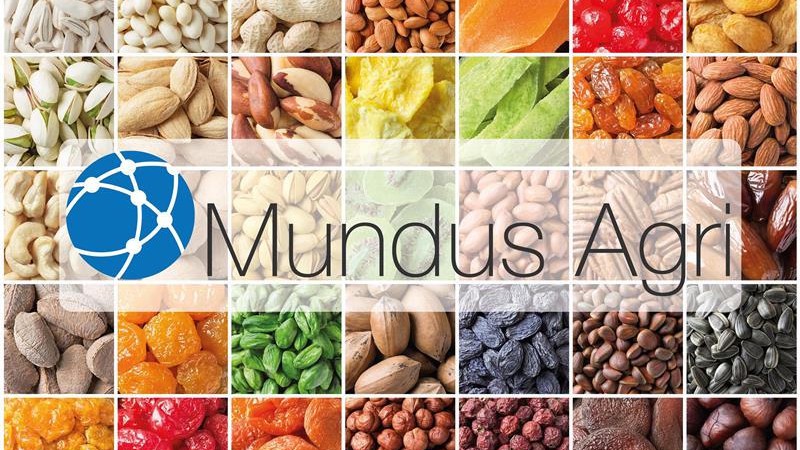Wheat: shutdown puts logistics in trouble
March 19, 2020 at 12:06 PM ,
Der AUDITOR

This morning there were 12,217 people with a covid-19 infection in Germany, which is 30.3% more than yesterday. The corona crisis also caused mile-long traffic jams in Western Europe at the border crossings to Poland, the Czech Republic, Denmark, France and Austria. According to projections by Mundis Agri, there were more than 10,000 trucks in traffic jams across Germany yesterday, which raised considerable doubts about the smooth running of the logistics. Wheat prices have risen again after heavy slumps, which the trade attributes to massive hoarding of flour by consumers and wheat purchases by mills. In France and Germany, the price of milling wheat rose by EUR 3.00 to EUR 5.00 per metric tonne. The euro exchange rate, which fell to below 1.09 USD/EUR, and economic programs announced for the USA and Western Europe provided a boost. Exports of EU wheat are also running at full speed, and importers do not trust logistics in the current situation. Tunisia bought 150,000 metric tonnes, Algeria 660,000 metric tonnes of wheat, mainly from France, and Algeria bought 400,000 metric tonnes of durum wheat from France and Canada. According to French trade, destination trains are limited for transporting wheat to the export ports due to lower availability of drivers. Freight forwarders have to pay premiums for this. The trade fears that logistics will get into serious trouble with the increasing pandemic.
Wheat, daily price development
|
Milling wheat (12/220/76) |
||
|
Parity |
EUR/mt |
Diff. EUR/mt |
|
Rouen, FOB |
179.00 |
5.00 |
|
La Pallice, FOB |
177.00 |
5.00 |
|
Creil, FOB |
168.00 |
4.00 |
|
Hamburg, DDP |
185.00 |
3.00 |
|
Westphalia, DDP |
185.00 |
3.00 |
|
Rhineland, DDP |
183.00 |
3.00 |
|
Upper Rhine Region, FOB |
180.00 |
2.00 |
|
Feed wheat (72/73) |
||
|
Parity |
EUR/mt |
Diff. EUR/mt |
|
Netherlands, CIF |
185.00 |
1.00 |
|
South Oldenburg, DDP |
186.00 |
2.00 |
|
Westphalia, DDP |
186.00 |
2.00 |
|
Neuss, DDP |
181.00 |
2.00 |
|
Upper Rhine Region, FOB |
178.00 |
2.00 |
|
Trade sources |
||
Russia joins the market with higher export intentions
With higher export volumes of wheat, Russia is now likely to come back to the market. The fallen ruble has made Russian wheat competitive again on the world market, and trade there may also have been speculating on higher profits that could result from the pandemic, at least for the food sector. The analyst SovEcon increased its export forecast for Russian wheat by as much as 1.3 million metric tonnes to 3.4 million metric tonnes. China is also back on the market for wheat and corn in the Ukraine, which should certainly support the wheat price. However, Beijing, which yesterday for the first time did not report any new infections, is already threatened by a second wave of infections, which can be traced back to people entering China from abroad. The consulting firm IKON Commodities expects the coming Australian wheat crop to be 27.89 million metric tonnes, almost twice as high as last year's 14.56 million metric tonnes.





